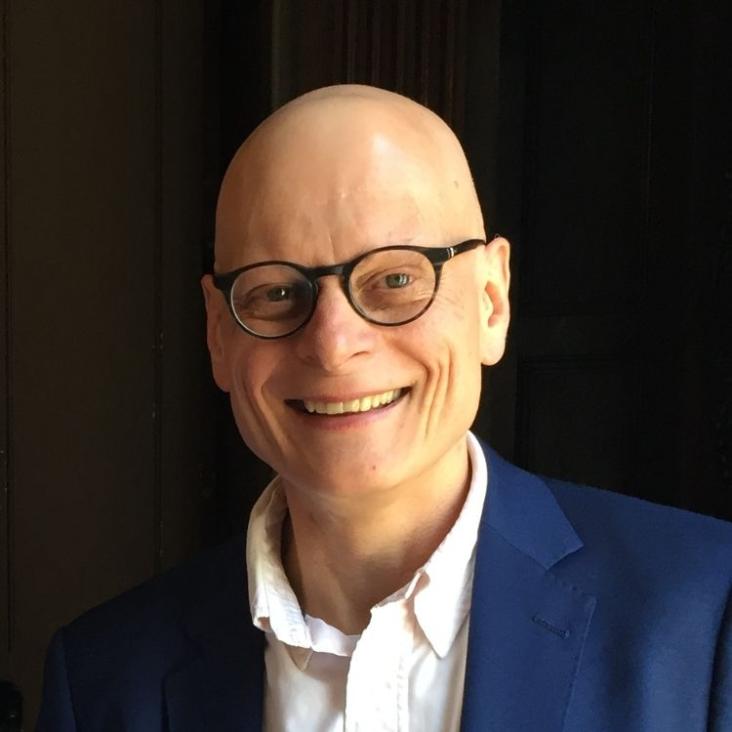Experimental realization of maximum confidence quantum state discrimination for the extraction of quantum information.
Phys Rev Lett 97:19 (2006) 193601
Abstract:
We present the first experimental demonstration of the maximum confidence measurement strategy for quantum state discrimination. Applying this strategy to an arbitrary set of states assigns to each input state a measurement outcome which, when realized, gives the highest possible confidence that the state was indeed present. The theoretically optimal measurement for discriminating between three equiprobable symmetric qubit states is implemented in a polarization-based free-space interferometer. The maximum confidence in the measurement result is 2/3. This is the first explicit demonstration that an improvement in the confidence over the optimal minimum error measurement is possible for linearly dependent states.Direct, loss-tolerant characterization of nonclassical photon statistics.
Phys Rev Lett 97:4 (2006) 043602
Abstract:
We experimentally investigate a method of directly characterizing the photon-number distribution of nonclassical light beams that is tolerant to losses and makes use of only standard binary detectors. This is achieved in a single measurement by calibrating the detector using some small amount of prior information about the source. We demonstrate the technique on a freely propagating heralded two-photon-number state created by conditional detection of a two-mode squeezed state generated by parametric down-conversion.Sub-10 fs pulse characterization using spatially encoded arrangement for spectral phase interferometry for direct electric field reconstruction.
Opt Lett 31:12 (2006) 1914-1916
Abstract:
We demonstrate an extremely accurate method for measuring ultrabroadband, sub-10 fs pulses even if they exhibit a highly modulated spectrum, space-time coupling, or both. The method uses a spatially encoded arrangement for spectral phase interferometry for direct electric field reconstruction, which allows a zero additional phase measurement to be performed with a relatively low signal-to-noise ratio in real time and single shot.Advanced methods for the characterization of few-cycle light pulses: a comparison
Applied Physics B-Lasers And Optics 83 (2006) 4
Abstract:
We discuss and compare four methods for measuring the width and pulse profile of ultrashort pulses. For our comparison, we use stable sub-7 fs pulses from a Ti:sapphire oscillator. Interferometric autocorrelation,spectral phase interferometry for direct electric-field reconstruction (SPIDER), a spatially-encoded variant of SPIDER, and interferometric frequency-resolved optical gating (IFROG) are utilized for characterizing pulses from the oscillator. The methods are found to agree within 5% as far as determination of the pulse width is concerned. However,differences are observed in the satellite structure reconstructed by either method. The current state of the art of measuring ultrashort pulses with these methods is reviewed and current limitations, in particular for characterizing complex pulse shapes, are discussed.Coherent control of ultracold molecule dynamics in a magneto-optical trap using chirped femtosecond laser pulses
Physical Review Letters 96 (2006) 173002 4pp


